
You walk into your home and sigh. It’s cluttered, cramped, and just doesn’t feel like you. But transforming it into a space that’s stylish yet functional and a true reflection of your personality doesn’t have to be hard or expensive. With a few key interior design principles in mind and choosing the right suppliers including the best furniture suppliers for interior designers, you can create an oasis that’s convenient, spacious, and beautiful. Read on for eight essential thumb rules to help make your home the sanctuary you’ve always imagined.
1- Achieving Balance and Harmony
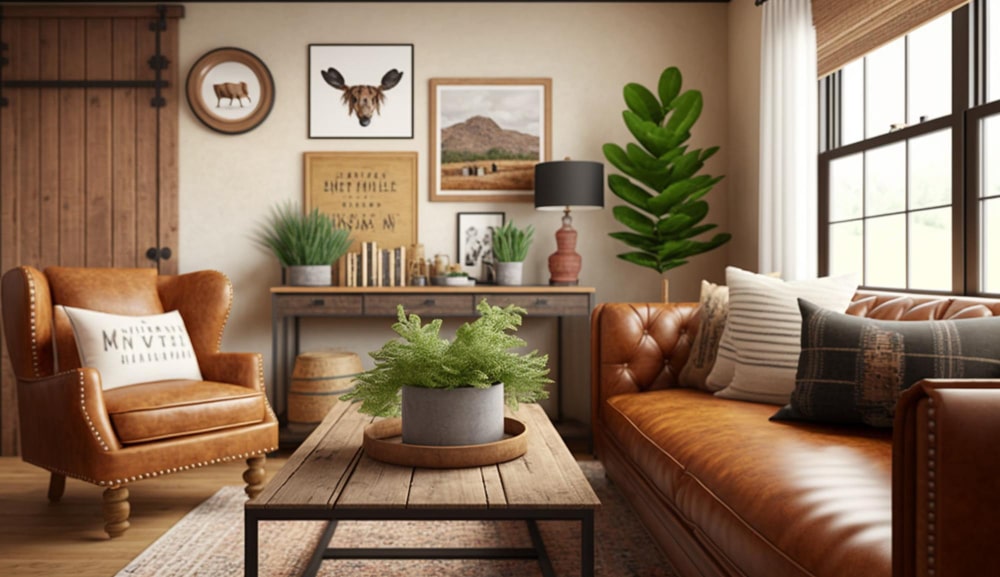
One of the keys to creating a functional, open space is maintaining balance and harmony in your design. This means evenly distributing focal points and ensuring the space has a sense of equilibrium.
Furniture Arrangement
The way you arrange furniture in a room significantly impacts how balanced it feels. Cluster seating areas and anchor them with a focal point like a coffee table. Flank entryways or fireplaces with matching chairs or small loveseats. For the most balanced design, arrange furniture symmetrically or evenly spaced along walls. Getting the best furniture for your home is easy as there are many online furniture suppliers for interior designers are available nowadays.
Color and Texture
Using complementary colors and a variety of textures also helps create balance. Incorporate solids with patterns, smooth surfaces with knobby fabrics. Distribute pops of color evenly throughout the space. For example, if you want to use bright red accents, place them in each corner of the room or on opposing walls.
Lighting
Proper lighting helps highlight focal points and creates an even distribution of brightness. Use ambient lighting for overall illumination, then add task lighting as needed in work or reading areas. Spotlights or track lights can highlight art or architectural details. Dimmer switches give you maximum control over the level and distribution of light.
Accessorizing
The accessories you choose also contribute to a balanced design. Cluster framed photos, art, books or other items in odd-numbered or symmetrical groupings. Repeat colors or themes with pillows, throws, candles or objets d’art scattered throughout the space. A balanced, harmonious room feels peaceful, open and perfectly proportioned. Keep these principles in mind as you design your space for the most functional, beautiful result.
2- Selecting the Right Scale and Proportion
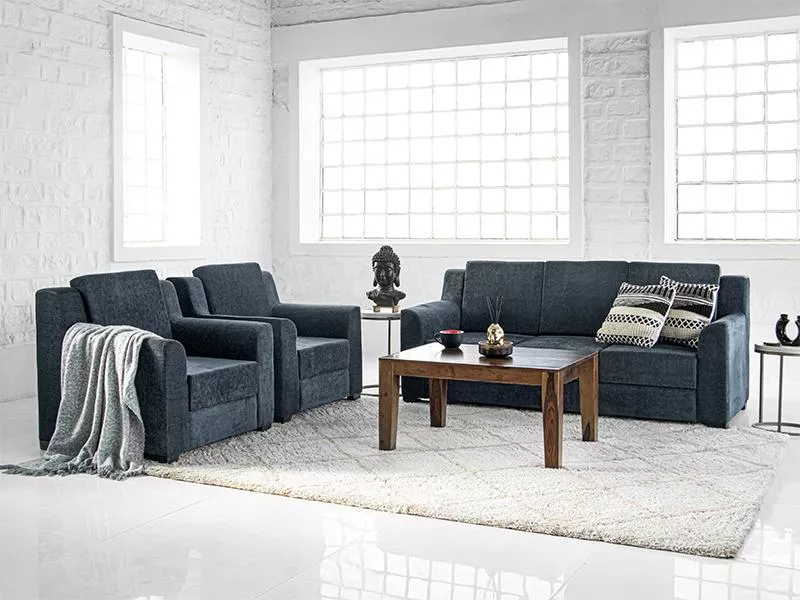
click here to rent furniture: https://cityfurnish.com/pune/furniture-rental
When it comes to scale and proportion, choosing pieces that complement the size of your space is key. Oversized furniture can make a room feel cramped, while small pieces get lost in large areas. Get the balance right. Select the right furniture suppliers for interior designers to get the best quality and price. They can even help you choose the best furniture as per the guidelines given below.
Measure your space and know the dimensions of furnishings before buying. A good rule of thumb is that traffic paths should be at least 36 inches wide, while seating areas need at least 8 to 12 feet between pieces. For small rooms, consider multifunctional or space-saving furniture, like nesting tables, drop-leaf tables, or convertible sofas.
Scale up for large rooms.
Don’t be afraid to go big in spacious areas. An oversized sectional, large-scale artwork, voluminous pendant lights, and statement accent chairs are great ways to fill the space. Just be sure to provide enough space between pieces for easy flow.
Create cohesion with repetition.
Repeating elements like colors, patterns, shapes, or materials helps to unify a space. For example, select two or three dominant hues and use them in your furnishings, accents, and decorative touches throughout the room. Repeat circle motifs with round tables, lighting fixtures, and artwork. Or choose a signature material, like wood or metal, and incorporate it into multiple pieces.
Consider sightlines.
Arrange furnishings so that people seated in one area can easily see and interact with those in another part of the room. Positioning pieces at an angle, rather than directly across from each other, makes for a more inviting layout and encourages conversation. Leave open pathways so it’s easy to move from one area to the next.
A well-designed space should feel open and welcoming. By choosing furnishings scaled to your room, repeating elements for visual cohesion, and arranging pieces for easy flow and sightlines, you can create an interior that is both beautiful and highly functional. Achieving the right scale and proportion is key to a harmonious design. Choose suppliers with care, including the right furniture suppliers for interior designers. A lot of online shopping options are available too. but beware of false reviews and chose with precision.
3- Creating a Functional, Personalized Space
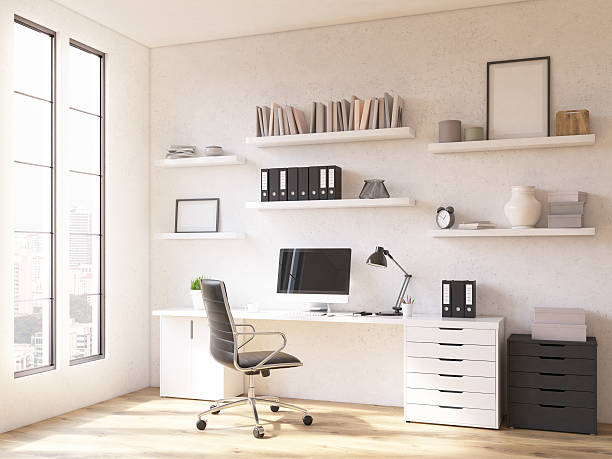
Your home should be a reflection of your unique personality and needs. When designing a space, consider how you can make it as functional and personalized as possible.
Use Furniture That Fits Your Lifestyle
Choose furniture and furniture suppliers for interior designers that supports the way you actually live in the space. If you like to entertain, invest in comfortable seating for groups. If you have kids or pets, look for durable, easy-to-clean pieces. For bedrooms, prioritize comfort and storage. Think about how each piece will be used and make sure it meets your needs.
Add Touches That Showcase Your Style
Include decorative accents that highlight your interests and hobbies. Frame family photos, display a collection of books or knickknacks, use throw pillows or art in your favorite colors. Consider adding greenery like potted plants or flowers. These personal touches will make the space feel cozy and reflective of who you are.
Ensure Adequate Storage
Having a place for everything is key to a functional design. Look for furniture with built-in storage like cabinets, drawers and shelving. Use storage ottomans, baskets and bins to corral smaller items. Ample storage will make your space feel more organized and tidy. Your furniture supplier for interior designers can help you a great deal. Their on-the-field experience comes handy at a time like these.
Maximize Natural Light
Open your window treatments and turn on the lights to make the space bright and welcoming. Natural light improves mood and makes a home feel more open. Place seating areas, desks and tables near windows so you can enjoy the natural light. Use mirrors, glass and metallic accents which help to reflect more light around the room.
Keep an Open Floor Plan
An open floor plan improves flow and flexibility. Arrange furniture in a way that allows for easy movement between spaces without feeling cramped. Use area rugs, lighting and decor to help define separate living areas in an open concept space. An open layout makes a home feel more spacious, inviting and connected.
Keeping these tips in mind will help you craft a space that reflects your unique personality while still being highly functional and livable. A personalized, well-designed home should suit your needs and bring you joy for years to come.
4- Lighting Design for Ambience and Functionality
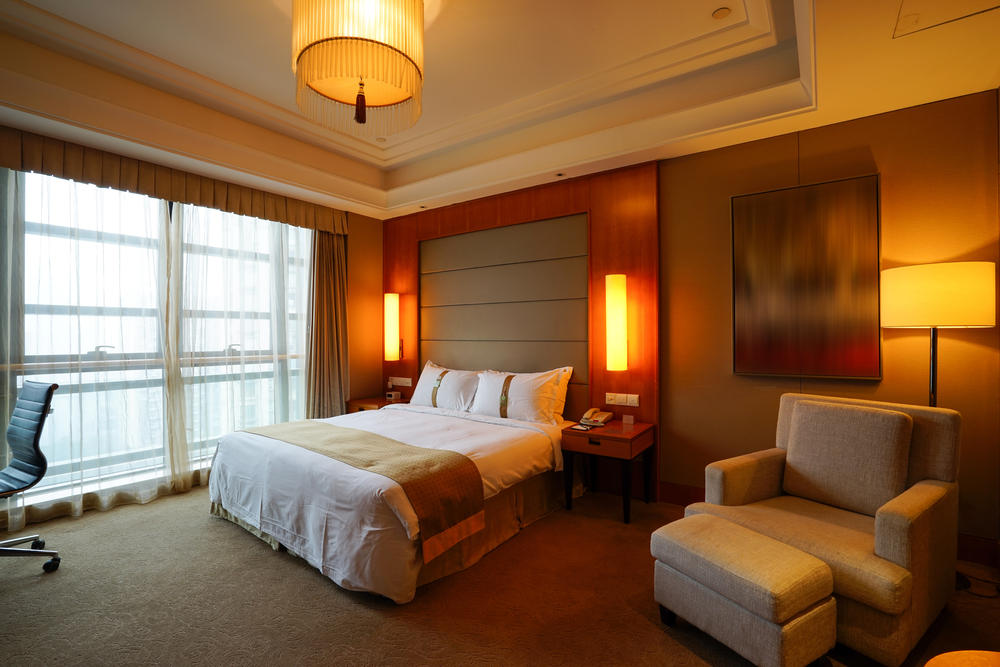
The right lighting design is essential for creating an inviting atmosphere and enhancing the functionality of your space. For ambience, incorporate layers of light that offer flexibility for different times of day or activities. Dimmer switches give you control over the level of brightness, allowing you to adjust for reading, relaxing or entertaining.
Task Lighting
Provide adequate task lighting where it’s needed for specific activities like cooking, reading or working. Place adjustable desk lamps, pendant lights or recessed spotlights over areas like the desk, sofa or kitchen countertops. LED bulbs offer energy efficiency and natural-looking light.
Accent Lighting
Use accent lighting to highlight decorative details or create visual interest. Track lighting, picture lights or decorative table and floor lamps are great for illuminating artworks, houseplants or architectural features. Uplights placed behind furnishings or at the base of the walls create dramatic shadows and emphasize the height of the ceiling.
Natural Light
Maximize natural light in your space by opening curtains and blinds during the day. Skylights, clerestory windows and large windows flood the room with natural illumination. Consider a light-colored reflective paint on walls opposite windows to distribute more ambient light into the room.
For functionality after dark, place task and ambient lighting on separate switches or circuits so you have control over the level of light for different activities. Dimmer switches also allow you to easily adjust the brightness for the time of day or task. With the right balance of natural and artificial light, you can create an inviting space that suits all your needs.
The keys to good lighting design are layers, flexibility, and having the right type of light for the right place. By providing ambient and task lighting where needed and using dimmers to control the level of brightness, you can create the perfect ambience for any activity. Accent lighting adds drama while maximizing natural light helps create an open, airy feel. With some thoughtful planning, you can have a well-lit space that is as beautiful as it is practical.
5- Colour Scheme and Texture for Look and Feel
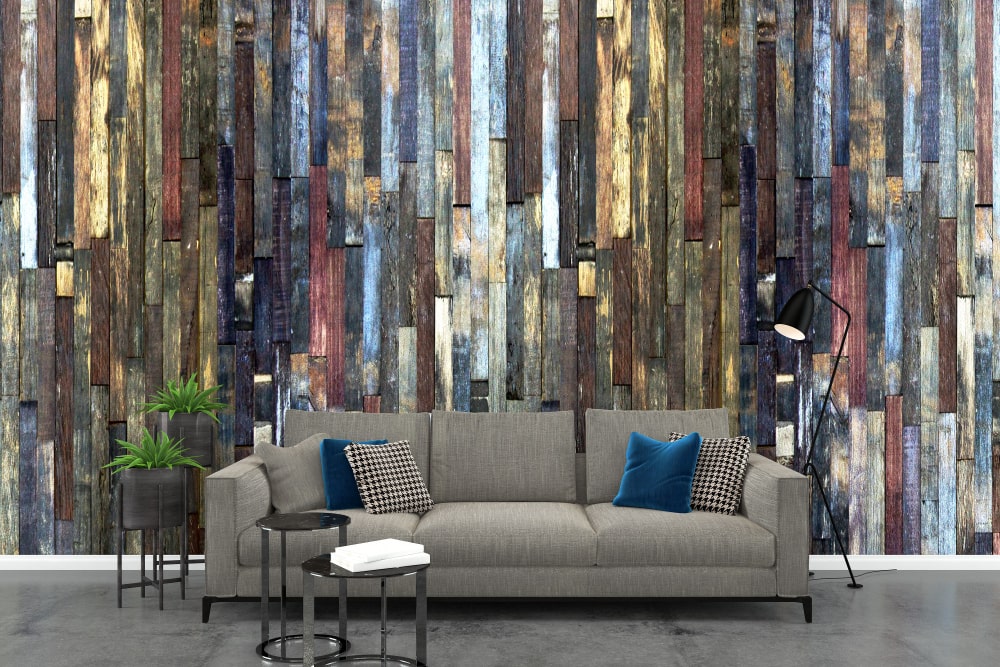
The colors and textures you choose for a space significantly impact its overall ambiance and feel. For a vibrant, energetic space, opt for a bright color scheme with glossy accents. Pastel shades paired with soft, natural textures create a calm, relaxing vibe. Deep, earthy tones and rustic materials evoke a cozy, grounded feel.
Bright and Vibrant
A bright color scheme with complementary shades of orange, red and yellow is lively and stimulating. Pair it with high-gloss accents like lacquered furniture or metallic decor for a sleek, modern look. This combo is perfect for an entertainment area or home office, giving you an energizing boost.
Soft and Soothing
Light pastel colors like sky blue, seafoam green and dusky pink have a calming, ethereal quality. Couple them with plush fabrics such as velvet, silk or linen and natural wood elements for a peaceful space. This spa-like color scheme works well in bedrooms, living rooms or nurseries, promoting relaxation and rejuvenation.
Rustic and Grounded
Warm, earthy tones ranging from terracotta orange to chocolate brown create a cozy, grounded feel. Distressed wood, woven textures, leather and stone accessories complement these colors nicely. For a rustic-chic living area or den, layer natural materials with colorful textiles for a look that’s casual yet elevated.
The textures in a space also significantly contribute to its overall feel and function. Smooth, hard surfaces are sleek and easy to clean, ideal for high-traffic areas. Plush fabrics and knits are soft, inviting and insulating, perfect for living rooms and bedrooms. Natural materials like wood, stone and rattan add warmth, texture and a touch of the outdoors.
By thoughtfully choosing a color scheme and mixing materials that appeal to your senses, you can design a space with the exact look and feel you want. Whether vibrant or muted, rustic or refined, the right combination of colors and textures creates an interior that reflects your unique style and provides the ambiance you need.
6- Furniture Selection for Balance, Comfort and Convenience
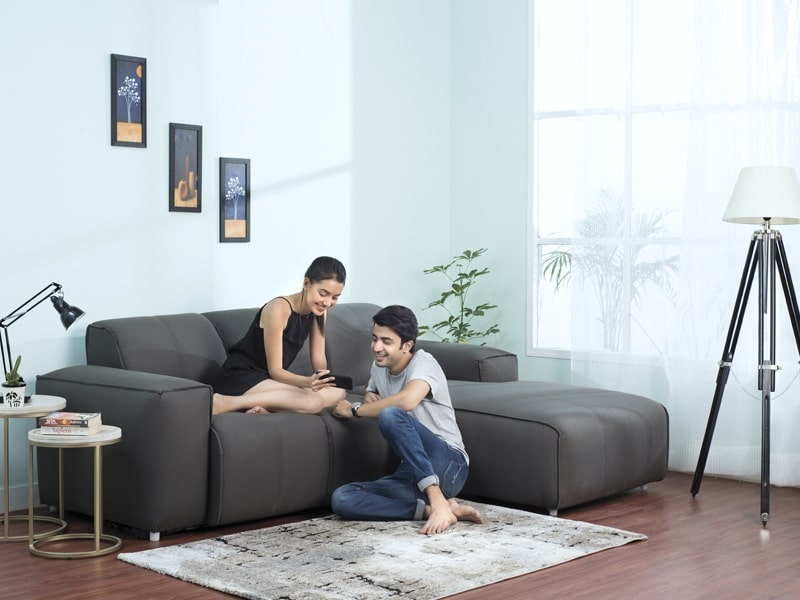
Choosing furniture that is proportionate in size to your room as well as complementary in style is key for achieving an balanced and inviting space. For smaller rooms, opt for furniture with a lighter scale and footprint to avoid an overcrowded feel. Multifunctional or space-efficient pieces like sofa beds, nesting tables, and storage ottomans are great options for maximizing usefulness in a compact area.
Comfort is Key
Comfort should be a top priority when selecting living room furniture like sofas, loveseats and lounge chairs where you’ll be spending a lot of leisure time. Look for pieces with cushions made of high-density foam and fabrics like cotton or linen that promote breathability. If possible, choose furniture that allows you to adjust positions for optimal comfort and support like recliners or swivel chairs.
Convenient and Purposeful
Choose furniture, cabinets and shelving that suit the main functions of a space. For instance, in a kitchen select pieces that provide ample storage and countertop space for food preparation and dining. In a home office, a desk, file cabinet and bookshelves will help keep you organized and productive. Place furniture in a way that allows for easy circulation so you can move freely around the room. Consider built-in furniture for an streamlined, space-efficient design.
Express Your Style
The furniture you choose helps convey your unique sense of style to visitors. Select pieces in colors, materials and designs that you personally find most appealing and that complement your existing decor. For example, rustic wood furniture would suit a casual, nature-inspired space while sleek metal or glass pieces match a more contemporary minimalist style. Don’t be afraid to combine elements from different styles you like for an eclectic look that showcases your creativity.
With some thought into balance, comfort, function and style, you can choose furniture that transforms any room into a highly livable and personalized space you’re proud to call home. Carefully consider how each piece will be used and arrange everything in a way that suits your daily needs and activities. Your furniture selection is a chance to craft an interior that is a true reflection of who you are.
7- Uninterrupted Flow and Circulation of Energy

Achieving an uninterrupted flow and circulation of energy is key to creating an inviting space. ###Furniture arrangement Arrange furniture in a way that allows for comfortable pathways and clear sightlines. Cluster seating areas and leave ample space for walking paths. Avoid overcrowding rooms with too many pieces of large furniture that make a space feel cramped and cluttered.
Open concept
For an open and airy feel, opt for an open concept layout. Remove unnecessary walls and doors to create a seamless flow between rooms. An open concept maximizes natural light and allows energy to circulate freely throughout the space. Just be sure to include transitions like area rugs, lighting fixtures or architectural details to define different zones.
Minimal clutter
Keep surfaces clear of clutter and knickknacks which can disrupt the flow of energy. A few decorative accents are fine, but avoid overcrowding tables, mantels and shelves with collections of small items. Clutter blocks energy flow and makes a space feel messy and disorganized.
Natural materials
Incorporate natural materials like wood, stone and fiber whenever possible. Natural materials radiate warmth and connect interior spaces to natural energy flows. They also provide texture which enhances the visual flow and cohesion of a room.
Strategic lighting
Use lighting to highlight pathways, emphasize focal points and create visual flow. Place lighting fixtures strategically in areas where you want energy to flow. For example, line a hallway or staircase with pendant lights to guide occupants through the space in a clear and illuminated path.
An uninterrupted flow and circulation of energy results in an interior design that feels open, inviting and naturally bright. By keeping spaces minimal and clutter-free, incorporating natural materials and using strategic lighting, you can achieve a harmonious flow of energy throughout your home.
8- Personalization and Expression
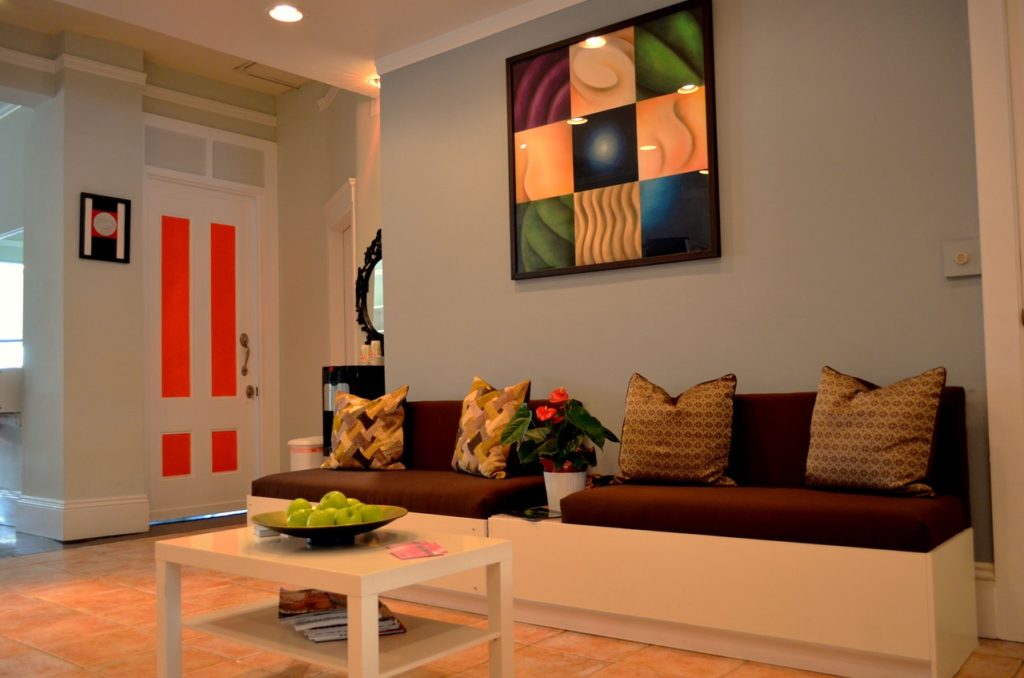
A space should reflect the personality and preferences of those who live in it. Adding personal touches and decorative elements that showcase your individuality or interests helps make a house feel like a home.
As the homeowner, think about what aspects of your character or hobbies you want to convey in your interior design. Do you have a favorite color or style of art you want to incorporate? Are there collections or travel souvenirs you’ve gathered over the years that could be artfully displayed? Consider framing family photos, awards or mementos to create a gallery wall.
Grouping decorative items with personal significance together in one area of a room helps give that space a warm, custom feel. For example, you might designate a corner of the living room for displaying objects from your travels or hobbies. Or, give over a wall in the bedroom or study to photo frames, art and shelves holding treasured knickknacks.
Don’t forget to include touches that reflect your practical needs and daily activities too. If you’re an avid reader, make sure to provide ample bookshelves and cozy chairs. If you love to cook, choose a kitchen design with high functionality and storage for all your equipment and spices. Your living space should cater to the lifestyle you actually lead.
While following the general rules of interior design, like balance, scale and lighting, make sure to leave room for the elements that make a house your home. Your individual style and the things you hold dear should shine through in the final design. A space personalized for you will always feel the most inviting and comfortable. Alos people associated with the project such as your designer, and furniture suppliers for interior designers and other helping hand should be innovative, enthusiastic and honest with their approach while being understanding towards your every unique requirement.
Take Away
Ultimately, creating a convenient, spacious, and beautiful home comes down to following key thumb rules like achieving balance and harmony, getting the scale right, maximizing functionality, lighting it properly, coordinating colors and textures, selecting the right furniture by choosing best furniture suppliers for interior designers, planning the flow, and adding personal touches. By keeping these core principles in mind and customizing your design to the lifestyle and taste of the homeowners, you’ll be well on your way to crafting an interior that perfectly suits their needs. The journey may take time and iteration, but thoughtfully applying the fundamentals will lead you to a final product that delights and inspires.

